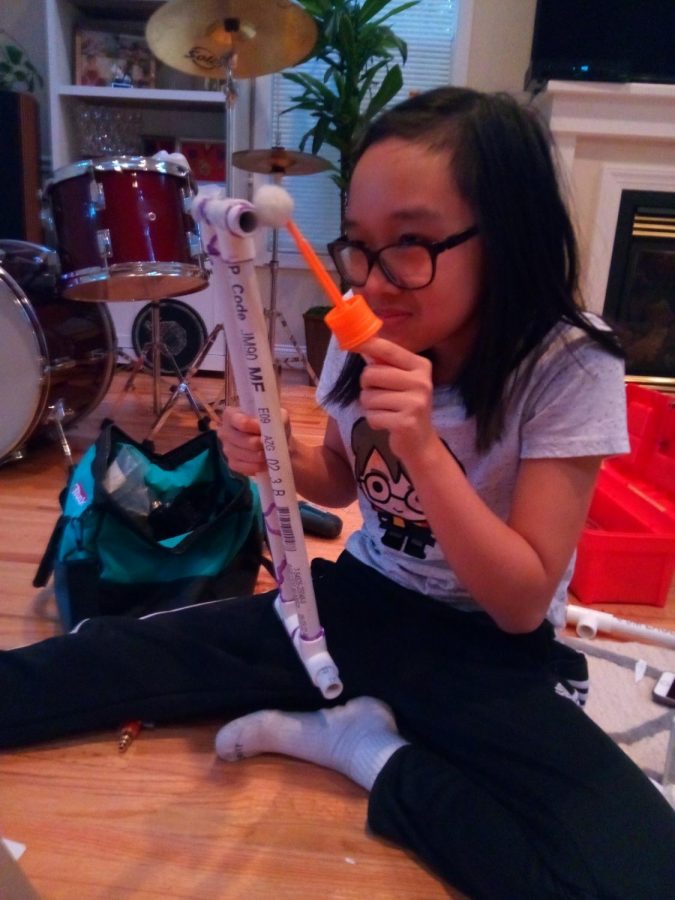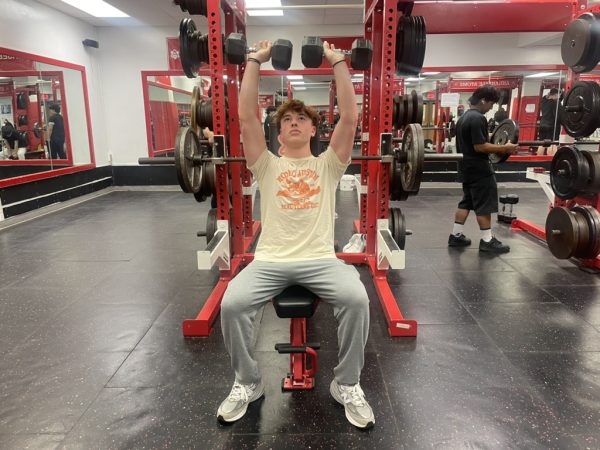Different learning styles individualize students
Visual
Being a visual learner means having a preference for resources that involve the sense of sight. It is a general fact that the visual learner remembers 75 percent of what they read or see. They are likely to make use of graphs and diagrams when studying and find them more appealing rather than frilly language. There are two kinds of visual learners. Analytic visual learners process printed word before iconic (pictorial) information, and vice versa for global visual learners. Both types prefer to see words written down and to have something to view when a topic is explained. Some study methods for this type of learner include reviewing presentations, graphic organizers, and flashcards with pictures. Visual learning is an important technique to utilize as 75 percent of a student’s education occurs through vision, according to the Virginia Vision Therapy Center.
Auditory
An auditory learner has an affinity toward the sense of hearing. They learn best through lectures, discussions, and videos. According to Tech News, 25 percent of the school-age population are auditory learners. They generally remember verbal instructions well but find it challenging to work quietly for long periods of time. Although being easily distracted by noise, auditory learners are equally put off by silence. Another pitfall is when a word’s pronunciation is known well, but the spelling of it is hard to recognize due to such a focus on hearing it, but not seeing or reading it. Since videos are an integral part of this learning process, auditory learners can benefit from using YouTube channels, such as Crash Course, Khan Academy and Ted-ED. Enticing illustrations meet helpful explanations in verbatim for a combination that makes all the difference when cramming for one test or another.
Reading/Writing
The reading and writing learning style means precisely that; it’s for people that like reading and writing to understand the material that they are learning. The work of Roger Sperry, an American neuropsychologist and Nobel laureate, suggests that people possessing this learning style have left-brain dominance. Reading and writing learners are more logical, analytical and objective. These learners tend to see finite details more so than the big picture; they are more tree seers than forest seers. As a result, they like to do things one at a time and also work in an organized, uncluttered environment. Reading and writing learners should use a study method that emphasizes these strengths, but also provides visual reinforcement. Quizlet is a great fit because there is a multitude of ways to use it such as flashcards, practice tests and games to help memorize key terms.
Kinesthetic
A kinesthetic learner gains knowledge through simply doing. Their experiences are not only hands-on, but also involve an array of senses. Tech News reports that kinesthetic learners make up 15 percent of the school-age population. Although their attention tends to wander easily, they are also usually gifted in a sport or musical instrument. These learners generally perform well in laboratory classes, like chemistry, and enjoy field trips because of the opportunities they provide. To combat attention deficit issues, kinesthetic learners can study in blocks with short breaks in between. Some other techniques on staying focused are listening to music in the background while studying, and studying wherever is comfortable, which is probably not the traditional desk.

Senior Khadija Ahmed is in her fourth year at The A-Blast. She has previously been a staff writer, Academics Editor and Managing Editor. In her free time,...









